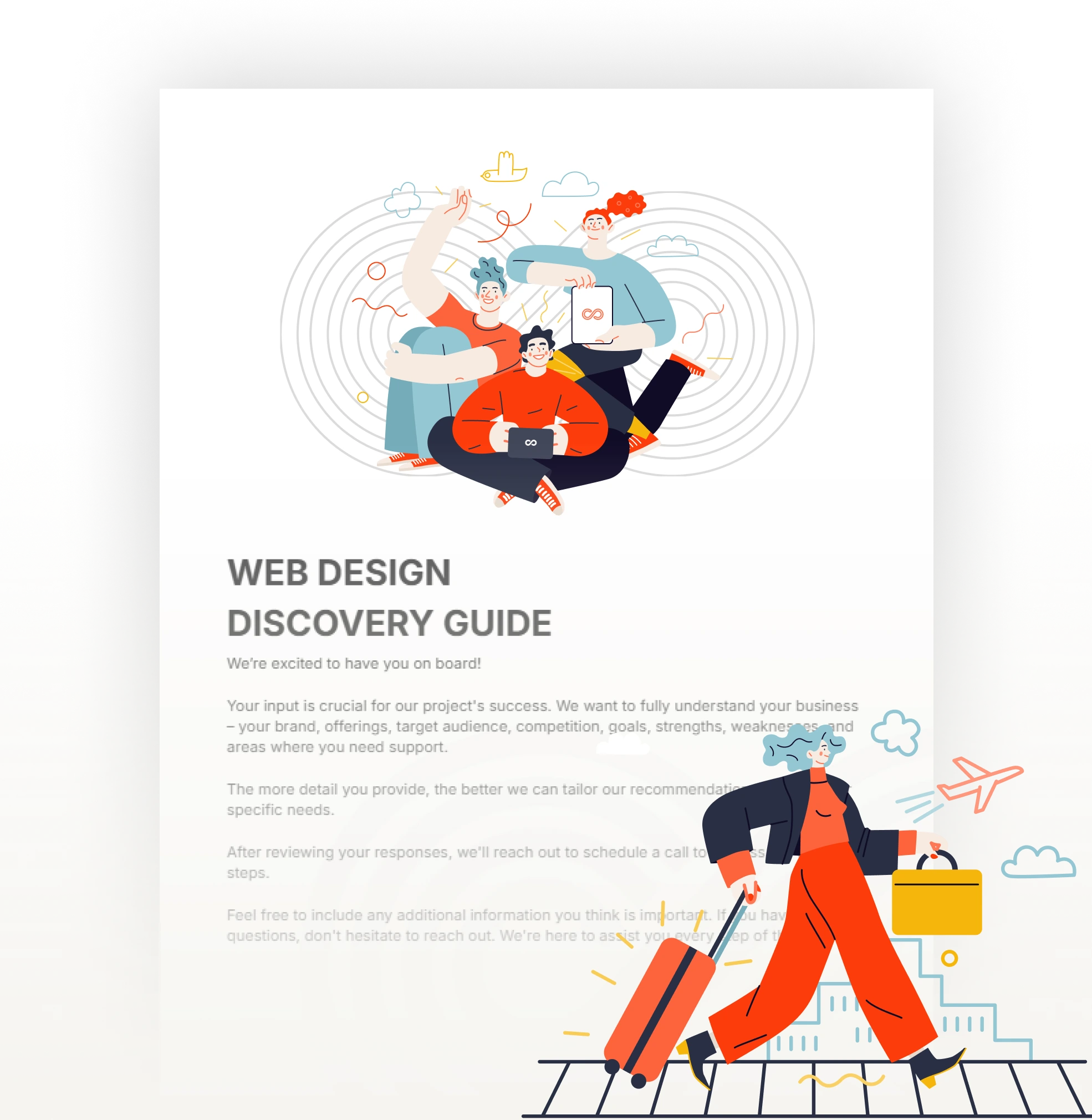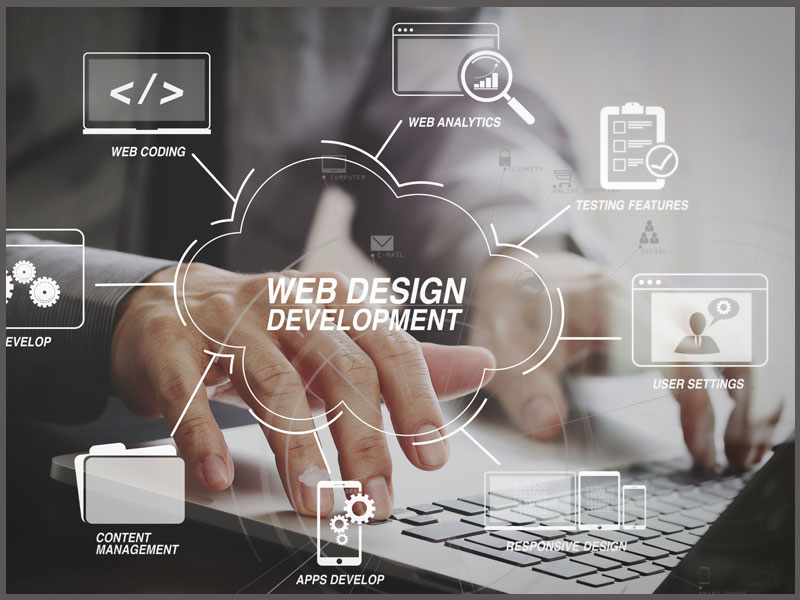Aligned Position Web Design: Your One-Stop Solution for Innovative Website Design and Development
The Best Sorts Of Website Design to Improve Individual Experience and Engagement
In the ever-evolving landscape of digital communication, the effectiveness of website design considerably influences individual experience and engagement. Various design strategies, such as minimalist, receptive, and interactive layouts, each offer distinct benefits that can deal with varied user requirements. Comprehending which kinds of Web layout best serve these purposes can be critical for businesses aiming to boost consumer contentment and retention. The question remains: which layout components really reverberate with customers and foster purposeful engagement? The exploration of these principles exposes crucial understandings that might redefine your approach to Web style.
Minimal Web Layout
As digital landscapes end up being progressively chaotic, minimal Web design has actually become an effective strategy to boosting individual experience. This style ideology focuses on simplicity, concentrating on necessary aspects while getting rid of unnecessary interruptions. By utilizing sufficient white room, straightforward navigating, and a minimal color palette, minimal design fosters quality and guides individual focus to vital web content.
The core concept of minimalist website design is to create a smooth communication for users. By reducing cognitive lots, individuals can swiftly realize info without feeling bewildered. This direct strategy not only improves use but also urges engagement, as site visitors are most likely to discover a site that is visually attractive and easy to navigate.
Furthermore, minimalist layout frequently stresses typography and images, using these components tactically to share messages successfully. This emphasis on important parts can enhance brand name identification and develop an unforgettable customer experience. Fundamentally, minimal Web style is not just a trend; it is a thoughtful method that recognizes the relevance of user-centered design. By stripping away nonessential aspects, developers can create an extra engaging, effective, and delightful Web experience for all users.
Responsive Web Design
In today's diverse electronic atmosphere, receptive website design has actually become necessary for developing a smooth customer experience throughout a wide variety of tools. As customers accessibility internet sites on smart devices, laptop computers, tablet computers, and desktops, the capability of a site to adapt its design and content to various display sizes and resolutions is crucial.
Receptive website design employs adaptable grids, photos, and CSS media inquiries to guarantee that Web material is offered ideally, no matter the device made use of. This technique not just improves the visual allure of a web site however additionally substantially improves use. Individuals are most likely to involve with a site that supplies a constant experience, as it eliminates the frustration of having to focus or scroll excessively.
By taking on responsive layout, businesses can enhance their exposure and get to a broader target market. In recap, receptive Web layout is an essential technique that enhances user experience, engagement, and general fulfillment.
Interactive Web Design
Responsive Web design prepares for improving customer experience, yet interactive Web style takes this a step additionally by involving users in a more dynamic way - Aligned Position Web Design. By integrating aspects such as computer animations, clickable models, and real-time comments, interactive Web style astounds customers, attracting them right into a richer browsing experience
This method not just promotes interaction however likewise encourages customers to check out material proactively as opposed to passively eating it. Techniques such as gamification, where individuals make benefits for completing tasks, can considerably boost the moment invested in a site and improve total complete satisfaction. Interactive functions can simplify complex details, making it a lot more delightful and digestible.

Incorporating interactive layout components can likewise lead to greater conversion rates, as individuals are more probable to involve with a site that proactively involves them. Aligned Position Web Design. Inevitably, interactive website design changes user experiences into memorable trips, making sure that visitors return time and once more
Flat Style
Characterized by its minimalistic strategy, level layout highlights simpleness and capability, stripping away unnecessary aspects and concentrating on important attributes. This layout philosophy prioritizes usability, website link guaranteeing that users can browse user interfaces easily and performance. By using a tidy visual, flat layout removes the mess frequently found in much more elaborate designs, consequently improving individual concentrate on material and functionality.
The trademark of flat design hinges on its use vibrant colors, basic typography, and geometric shapes. These aspects contribute to an aesthetically enticing interface that is both contemporary and friendly. Additionally, level style cultivates a sense of clarity, allowing customers to recognize vital actions and information without interruption.
Furthermore, level style is especially effective in receptive Web layout, as its simpleness translates well across numerous gadgets and screen dimensions. The absence of intricate structures and gradients decreases packing times, which is essential for maintaining individual interaction. As digital landscapes remain to progress, flat style remains a relevant choice for producing user-friendly internet sites that enhance total experience. By concentrating on vital features, flat layout not only satisfies individual needs yet also motivates smooth interaction, making it an essential part of effective website design techniques.
Flexible Website Design
Adaptive Web design customizes the user experience by producing multiple taken care of formats customized to various display dimensions and tools. Unlike receptive design, which fluidly adjusts a single layout, adaptive design employs distinct layouts for particular breakpoints, making sure ideal presentation on various platforms. This method allows designers to concentrate on the one-of-a-kind features of each tool, boosting use by supplying specifically what individuals require based upon their context.
Among the main advantages of flexible Web layout is its ability to enhance tons times and performance. By offering customized material and pictures that fit the individual's device, websites can decrease information usage and boost loading rates. This is especially helpful for individuals with slower connections or minimal data strategies.

Additionally, flexible layout promotes an extra constant and controlled branding experience. Because designers produce several designs, they can guarantee that the visual components straighten with the brand name's identification throughout different platforms - Aligned Position Web Design. This causes a natural user experience, boosting involvement and promoting user retention
Conclusion
Minimalist style promotes quality and focus, while receptive layout ensures versatility throughout different tools, promoting availability. Jointly, these design approaches add to the creation of straightforward settings that not only enhance contentment yet also drive greater conversion rates, highlighting their critical significance in modern Web layout strategies.

Minimalist layout fosters clarity and focus, while responsive design guarantees versatility throughout numerous tools, advertising ease of access. Collectively, these design approaches contribute to the development of straightforward settings additional hints that not just enhance fulfillment yet likewise drive higher conversion prices, highlighting their critical value in modern Web design techniques.